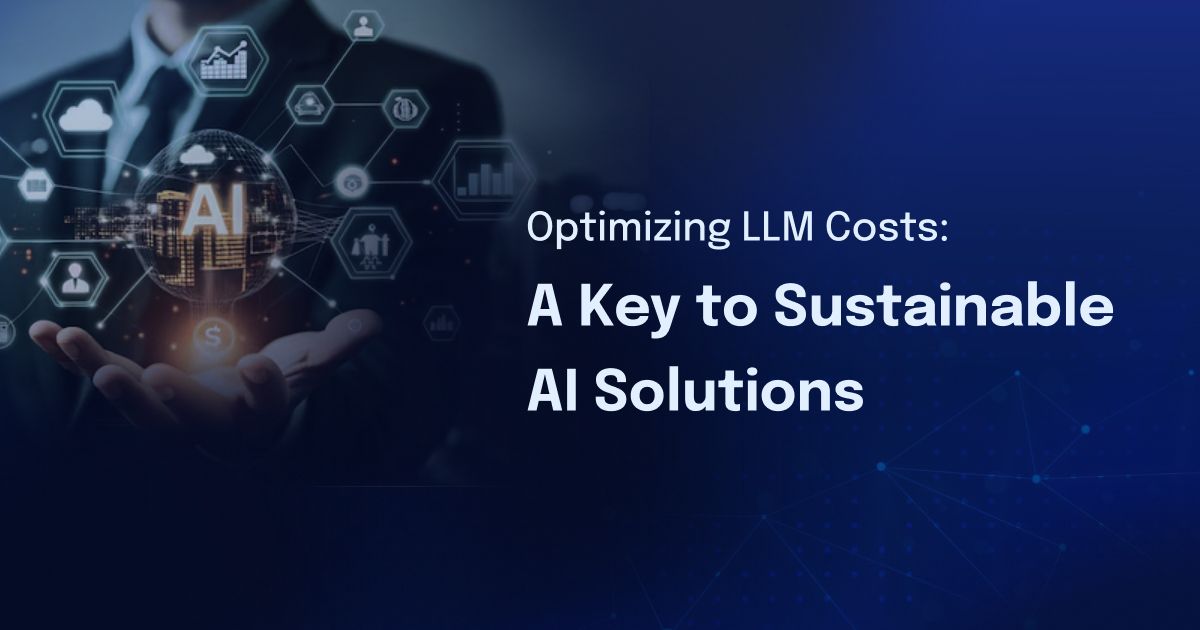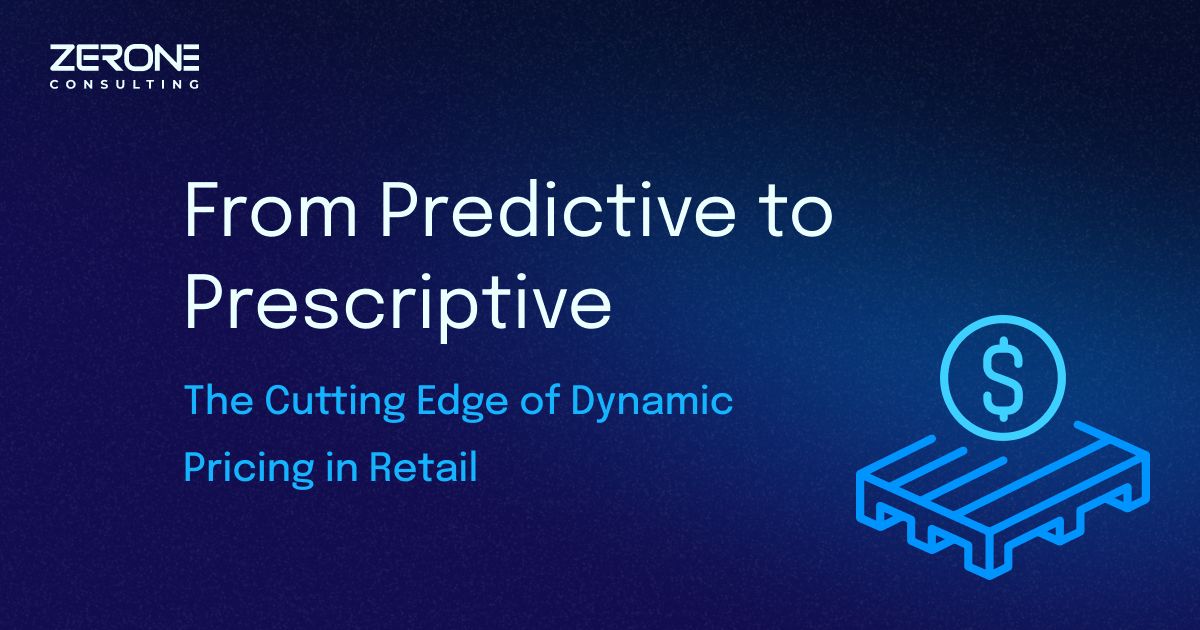Optimizing LLM Costs: A Key to Sustainable AI Solutions
Deployment and integration of Large Language Models (LLMs) are increasing at an exponential rate, as many organizations are implementing them for multidimensional applications cutting across industries. But with this level of adoption, comes the difficulty of overseeing the millions or billions of LLM calls that are required to run a large venture, at considerable cost.

In fact, even when using own self-hosted open source LLMs at scale on your own GPU resources the costs can add up. Sometimes, execution and search spaces of LLMs can be doubly demanding, especially when processing large data or intricate queries. Thus, efforts have been made to identify the possibility of decreasing these costs for sustainable development in the long-term.
Techniques to Minimize LLM Costs
There are several strategies that can be implemented to reduce LLM-related expenses without compromising performance or user experience. Some of the key techniques include:
- Retrieval-Augmented Generation (RAG): By combining traditional information retrieval methods with LLMs, RAG allows you to minimize the reliance on expensive LLM calls. It retrieves relevant context or data first and uses the LLM only to refine the answer, significantly reducing overall LLM usage.
Consider a question-answering system where a user asks for insights on a specific topic. Instead of feeding the entire query directly into an LLM, the system first retrieves relevant articles, reports, or documents related to the topic. The LLM then processes only this focused set of information, generating a precise and contextually aware response. Key expertise needs to identify which backend RAG approach need to be used, this will varies case by case
- Caching: Caching is a highly effective technique for reducing costs in systems that utilize large language models (LLMs), especially in environments where repetitive queries or predictable patterns are common. The basic idea behind caching is to store the results of frequently asked queries or commonly generated responses so that they can be quickly reused without repeatedly processing the same requests through the LLM. This approach drastically cuts down on both compute time and expenses by minimizing unnecessary LLM calls.
- Chunking: Instead of feeding large blocks of text or data into an LLM, chunking breaks down the input into smaller, more manageable sections. This ensures that only the most relevant sections are processed, cutting down on unnecessary LLM calls.
- Prompt Compression: Optimizing how prompts are structured and reducing their length or complexity can also lower costs. Instead of submitting overly detailed prompts, streamlining them can decrease the required computational resources while still producing accurate results.
The Importance of Understanding Your Data and Use Case
However, all of these can be useful, but the most important aspect is knowledge of the data and the particular case. There are a lot of instances where an organization on board uses LLMs to address a particular problem area while simpler ML models or other less complex methods would suffice appropriate solutions at incredibly lower costs.
For instance, if your data is extremely formatted, in other words it is deeply structured information or has fixed patterns then a conventional ML model would suffice in such a case you might not require an LLM at all. Moreover, by understanding and tracking the users’ behavior, as well as data flow, you can define areas where LLMs are actually needed and which areas are good for simpler models.
Using Simple Machine Learning Algorithms to Limit the Scope of LLMs
Leveraging machine learning algorithms can be highly efficient, producing results in mere seconds. In certain use cases, it may be beneficial to narrow down the data set using a machine learning approach before applying large language models (LLMs). For instance, to generate a summary from a large dataset, clustering algorithms can be employed to filter out outliers, ensuring that only the most relevant data is processed by the LLMs. This pre-processing step optimizes performance and enhances the accuracy of the final output.
Designing Systems with User Verification and Approval
Incorporating user verification and approval features wherever possible can significantly enhance the performance of machine learning models over time. By allowing business users to review and approve outputs, you can continuously improve model accuracy while building a valuable historical dataset. This dataset can be used to reduce reliance on LLM calls, leading to more accurate results and lower operational costs in the long run. This approach not only boosts model precision but also optimizes resource utilization.
Aligning AI with User Experience and Problem-Solving
The goal of any AI implementation should be to solve a problem efficiently, regardless of whether AI is required for every step of the process. When integrating AI into an existing feature, it is important to assess if modifications are needed in the user experience (UX) or workflow to maximize the benefits of the AI feature. Simply tacking on AI capabilities without optimizing the UX or workflow may lead to increased costs and a less effective solution.
For example, implementing features like data filtering and setting limits on the data being processed within the UX can significantly reduce unnecessary LLM calls. By designing AI-enabled features with focused scope, the costs can be managed while still delivering powerful results.
Conclusion
Optimizing LLM costs is essential for sustainability and scalability. While techniques like RAG, caching, and prompt compression help, the key is knowing when to use LLMs. Simple machine learning algorithms can efficiently narrow down datasets before LLMs are applied, reducing processing load and improving performance. Incorporating user verification and approval also boosts accuracy and builds historical data, minimizing future LLM calls and costs.
The goal is to solve problems efficiently, using AI strategically where it adds the most value, ensuring a balance between innovation and cost-effectiveness.
We can help!
Unlocking The Potential Of Ai In Business Process Outsourcing
#Artificialintelligence
Gold Standard Data: Driving Accuracy In Domain-specific Medical Ai
#Artificialintelligence




